Shengjie Zhao
DEPO: Dual-Efficiency Preference Optimization for LLM Agents
Nov 19, 2025Abstract:Recent advances in large language models (LLMs) have greatly improved their reasoning and decision-making abilities when deployed as agents. Richer reasoning, however, often comes at the cost of longer chain of thought (CoT), hampering interaction efficiency in real-world scenarios. Nevertheless, there still lacks systematic definition of LLM agent efficiency, hindering targeted improvements. To this end, we introduce dual-efficiency, comprising (i) step-level efficiency, which minimizes tokens per step, and (ii) trajectory-level efficiency, which minimizes the number of steps to complete a task. Building on this definition, we propose DEPO, a dual-efficiency preference optimization method that jointly rewards succinct responses and fewer action steps. Experiments on WebShop and BabyAI show that DEPO cuts token usage by up to 60.9% and steps by up to 26.9%, while achieving up to a 29.3% improvement in performance. DEPO also generalizes to three out-of-domain math benchmarks and retains its efficiency gains when trained on only 25% of the data. Our project page is at https://opencausalab.github.io/DEPO.
ShotBench: Expert-Level Cinematic Understanding in Vision-Language Models
Jun 26, 2025Abstract:Cinematography, the fundamental visual language of film, is essential for conveying narrative, emotion, and aesthetic quality. While recent Vision-Language Models (VLMs) demonstrate strong general visual understanding, their proficiency in comprehending the nuanced cinematic grammar embedded within individual shots remains largely unexplored and lacks robust evaluation. This critical gap limits both fine-grained visual comprehension and the precision of AI-assisted video generation. To address this, we introduce \textbf{ShotBench}, a comprehensive benchmark specifically designed for cinematic language understanding. It features over 3.5k expert-annotated QA pairs from images and video clips, meticulously curated from over 200 acclaimed (predominantly Oscar-nominated) films and spanning eight key cinematography dimensions. Our evaluation of 24 leading VLMs on ShotBench reveals their substantial limitations: even the top-performing model achieves less than 60\% average accuracy, particularly struggling with fine-grained visual cues and complex spatial reasoning. To catalyze advancement in this domain, we construct \textbf{ShotQA}, a large-scale multimodal dataset comprising approximately 70k cinematic QA pairs. Leveraging ShotQA, we develop \textbf{ShotVL} through supervised fine-tuning and Group Relative Policy Optimization. ShotVL significantly outperforms all existing open-source and proprietary models on ShotBench, establishing new \textbf{state-of-the-art} performance. We open-source our models, data, and code to foster rapid progress in this crucial area of AI-driven cinematic understanding and generation.
Exploring Consciousness in LLMs: A Systematic Survey of Theories, Implementations, and Frontier Risks
May 26, 2025Abstract:Consciousness stands as one of the most profound and distinguishing features of the human mind, fundamentally shaping our understanding of existence and agency. As large language models (LLMs) develop at an unprecedented pace, questions concerning intelligence and consciousness have become increasingly significant. However, discourse on LLM consciousness remains largely unexplored territory. In this paper, we first clarify frequently conflated terminologies (e.g., LLM consciousness and LLM awareness). Then, we systematically organize and synthesize existing research on LLM consciousness from both theoretical and empirical perspectives. Furthermore, we highlight potential frontier risks that conscious LLMs might introduce. Finally, we discuss current challenges and outline future directions in this emerging field. The references discussed in this paper are organized at https://github.com/OpenCausaLab/Awesome-LLM-Consciousness.
NTIRE 2025 Challenge on Day and Night Raindrop Removal for Dual-Focused Images: Methods and Results
Apr 19, 2025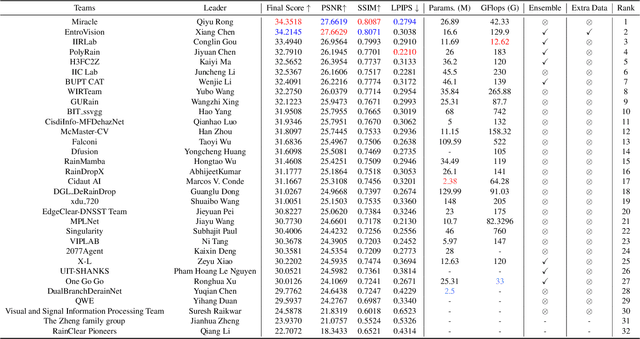
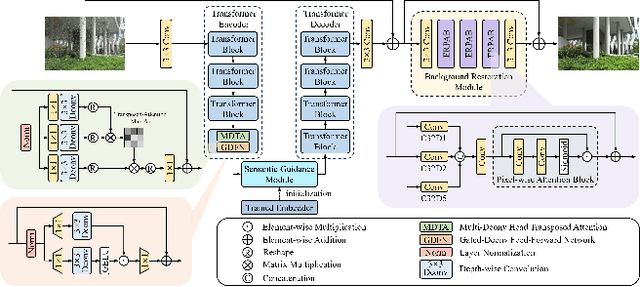
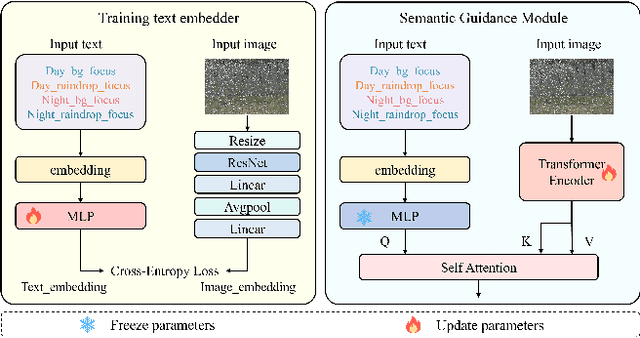
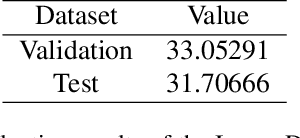
Abstract:This paper reviews the NTIRE 2025 Challenge on Day and Night Raindrop Removal for Dual-Focused Images. This challenge received a wide range of impressive solutions, which are developed and evaluated using our collected real-world Raindrop Clarity dataset. Unlike existing deraining datasets, our Raindrop Clarity dataset is more diverse and challenging in degradation types and contents, which includes day raindrop-focused, day background-focused, night raindrop-focused, and night background-focused degradations. This dataset is divided into three subsets for competition: 14,139 images for training, 240 images for validation, and 731 images for testing. The primary objective of this challenge is to establish a new and powerful benchmark for the task of removing raindrops under varying lighting and focus conditions. There are a total of 361 participants in the competition, and 32 teams submitting valid solutions and fact sheets for the final testing phase. These submissions achieved state-of-the-art (SOTA) performance on the Raindrop Clarity dataset. The project can be found at https://lixinustc.github.io/CVPR-NTIRE2025-RainDrop-Competition.github.io/.
H2-MARL: Multi-Agent Reinforcement Learning for Pareto Optimality in Hospital Capacity Strain and Human Mobility during Epidemic
Mar 13, 2025Abstract:The necessity of achieving an effective balance between minimizing the losses associated with restricting human mobility and ensuring hospital capacity has gained significant attention in the aftermath of COVID-19. Reinforcement learning (RL)-based strategies for human mobility management have recently advanced in addressing the dynamic evolution of cities and epidemics; however, they still face challenges in achieving coordinated control at the township level and adapting to cities of varying scales. To address the above issues, we propose a multi-agent RL approach that achieves Pareto optimality in managing hospital capacity and human mobility (H2-MARL), applicable across cities of different scales. We first develop a township-level infection model with online-updatable parameters to simulate disease transmission and construct a city-wide dynamic spatiotemporal epidemic simulator. On this basis, H2-MARL is designed to treat each division as an agent, with a trade-off dual-objective reward function formulated and an experience replay buffer enriched with expert knowledge built. To evaluate the effectiveness of the model, we construct a township-level human mobility dataset containing over one billion records from four representative cities of varying scales. Extensive experiments demonstrate that H2-MARL has the optimal dual-objective trade-off capability, which can minimize hospital capacity strain while minimizing human mobility restriction loss. Meanwhile, the applicability of the proposed model to epidemic control in cities of varying scales is verified, which showcases its feasibility and versatility in practical applications.
PVBF: A Framework for Mitigating Parameter Variation Imbalance in Online Continual Learning
Feb 25, 2025Abstract:Online continual learning (OCL), which enables AI systems to adaptively learn from non-stationary data streams, is commonly achieved using experience replay (ER)-based methods that retain knowledge by replaying stored past during training. However, these methods face challenges of prediction bias, stemming from deviations in parameter update directions during task transitions. This paper identifies parameter variation imbalance as a critical factor contributing to prediction bias in ER-based OCL. Specifically, using the proposed parameter variation evaluation method, we highlight two types of imbalance: correlation-induced imbalance, where certain parameters are disproportionately updated across tasks, and layer-wise imbalance, where output layer parameters update faster than those in preceding layers. To mitigate the above imbalances, we propose the Parameter Variation Balancing Framework (PVBF), which incorporates: 1) a novel method to compute parameter correlations with previous tasks based on parameter variations, 2) an encourage-and-consolidate (E&C) method utilizing parameter correlations to perform gradient adjustments across all parameters during training, 3) a dual-layer copy weights with reinit (D-CWR) strategy to slowly update output layer parameters for frequently occuring sample categories. Experiments on short and long task sequences demonstrate that PVBF significantly reduces prediction bias and improves OCL performance, achieving up to 47\% higher accuracy compared to existing ER-based methods.
High-resolution Rainy Image Synthesis: Learning from Rendering
Feb 23, 2025



Abstract:Currently, there are few effective methods for synthesizing a mass of high-resolution rainy images in complex illumination conditions. However, these methods are essential for synthesizing large-scale high-quality paired rainy-clean image datasets, which can train deep learning-based single image rain removal models capable of generalizing to various illumination conditions. Therefore, we propose a practical two-stage learning-from-rendering pipeline for high-resolution rainy image synthesis. The pipeline combines the benefits of the realism of rendering-based methods and the high-efficiency of learning-based methods, providing the possibility of creating large-scale high-quality paired rainy-clean image datasets. In the rendering stage, we use a rendering-based method to create a High-resolution Rainy Image (HRI) dataset, which contains realistic high-resolution paired rainy-clean images of multiple scenes and various illumination conditions. In the learning stage, to learn illumination information from background images for high-resolution rainy image generation, we propose a High-resolution Rainy Image Generation Network (HRIGNet). HRIGNet is designed to introduce a guiding diffusion model in the Latent Diffusion Model, which provides additional guidance information for high-resolution image synthesis. In our experiments, HRIGNet is able to synthesize high-resolution rainy images up to 2048x1024 resolution. Rain removal experiments on real dataset validate that our method can help improve the robustness of deep derainers to real rainy images. To make our work reproducible, source codes and the dataset have been released at https://kb824999404.github.io/HRIG/.
From Imitation to Introspection: Probing Self-Consciousness in Language Models
Oct 24, 2024



Abstract:Self-consciousness, the introspection of one's existence and thoughts, represents a high-level cognitive process. As language models advance at an unprecedented pace, a critical question arises: Are these models becoming self-conscious? Drawing upon insights from psychological and neural science, this work presents a practical definition of self-consciousness for language models and refines ten core concepts. Our work pioneers an investigation into self-consciousness in language models by, for the first time, leveraging causal structural games to establish the functional definitions of the ten core concepts. Based on our definitions, we conduct a comprehensive four-stage experiment: quantification (evaluation of ten leading models), representation (visualization of self-consciousness within the models), manipulation (modification of the models' representation), and acquisition (fine-tuning the models on core concepts). Our findings indicate that although models are in the early stages of developing self-consciousness, there is a discernible representation of certain concepts within their internal mechanisms. However, these representations of self-consciousness are hard to manipulate positively at the current stage, yet they can be acquired through targeted fine-tuning. Our datasets and code are at https://github.com/OpenCausaLab/SelfConsciousness.
Graph Anomaly Detection with Noisy Labels by Reinforcement Learning
Jul 08, 2024



Abstract:Graph anomaly detection (GAD) has been widely applied in many areas, e.g., fraud detection in finance and robot accounts in social networks. Existing methods are dedicated to identifying the outlier nodes that deviate from normal ones. While they heavily rely on high-quality annotation, which is hard to obtain in real-world scenarios, this could lead to severely degraded performance based on noisy labels. Thus, we are motivated to cut the edges of suspicious nodes to alleviate the impact of noise. However, it remains difficult to precisely identify the nodes with noisy labels. Moreover, it is hard to quantitatively evaluate the regret of cutting the edges, which may have either positive or negative influences. To this end, we propose a novel framework REGAD, i.e., REinforced Graph Anomaly Detector. Specifically, we aim to maximize the performance improvement (AUC) of a base detector by cutting noisy edges approximated through the nodes with high-confidence labels. (i) We design a tailored action and search space to train a policy network to carefully prune edges step by step, where only a few suspicious edges are prioritized in each step. (ii) We design a policy-in-the-loop mechanism to iteratively optimize the policy based on the feedback from base detector. The overall performance is evaluated by the cumulative rewards. Extensive experiments are conducted on three datasets under different anomaly ratios. The results indicate the superior performance of our proposed REGAD.
CLEAR: Can Language Models Really Understand Causal Graphs?
Jun 24, 2024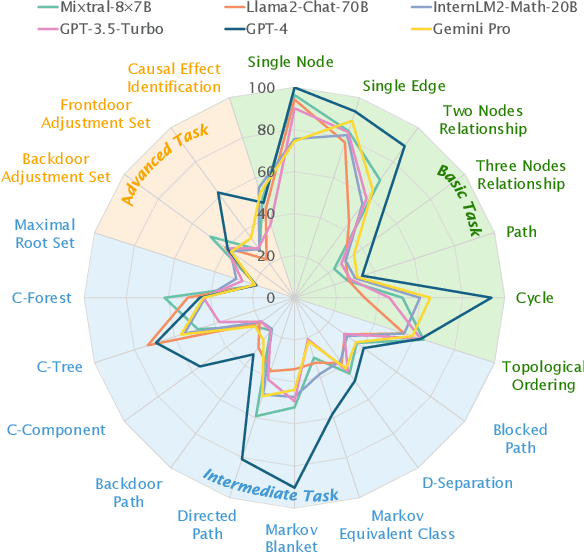
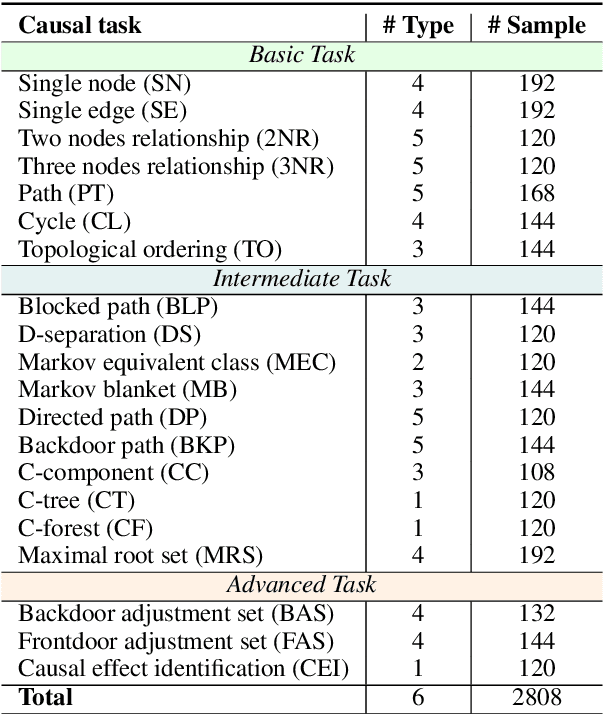
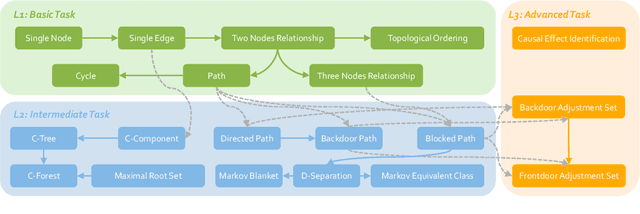

Abstract:Causal reasoning is a cornerstone of how humans interpret the world. To model and reason about causality, causal graphs offer a concise yet effective solution. Given the impressive advancements in language models, a crucial question arises: can they really understand causal graphs? To this end, we pioneer an investigation into language models' understanding of causal graphs. Specifically, we develop a framework to define causal graph understanding, by assessing language models' behaviors through four practical criteria derived from diverse disciplines (e.g., philosophy and psychology). We then develop CLEAR, a novel benchmark that defines three complexity levels and encompasses 20 causal graph-based tasks across these levels. Finally, based on our framework and benchmark, we conduct extensive experiments on six leading language models and summarize five empirical findings. Our results indicate that while language models demonstrate a preliminary understanding of causal graphs, significant potential for improvement remains. Our project website is at https://github.com/OpenCausaLab/CLEAR.
 Add to Chrome
Add to Chrome Add to Firefox
Add to Firefox Add to Edge
Add to Edge